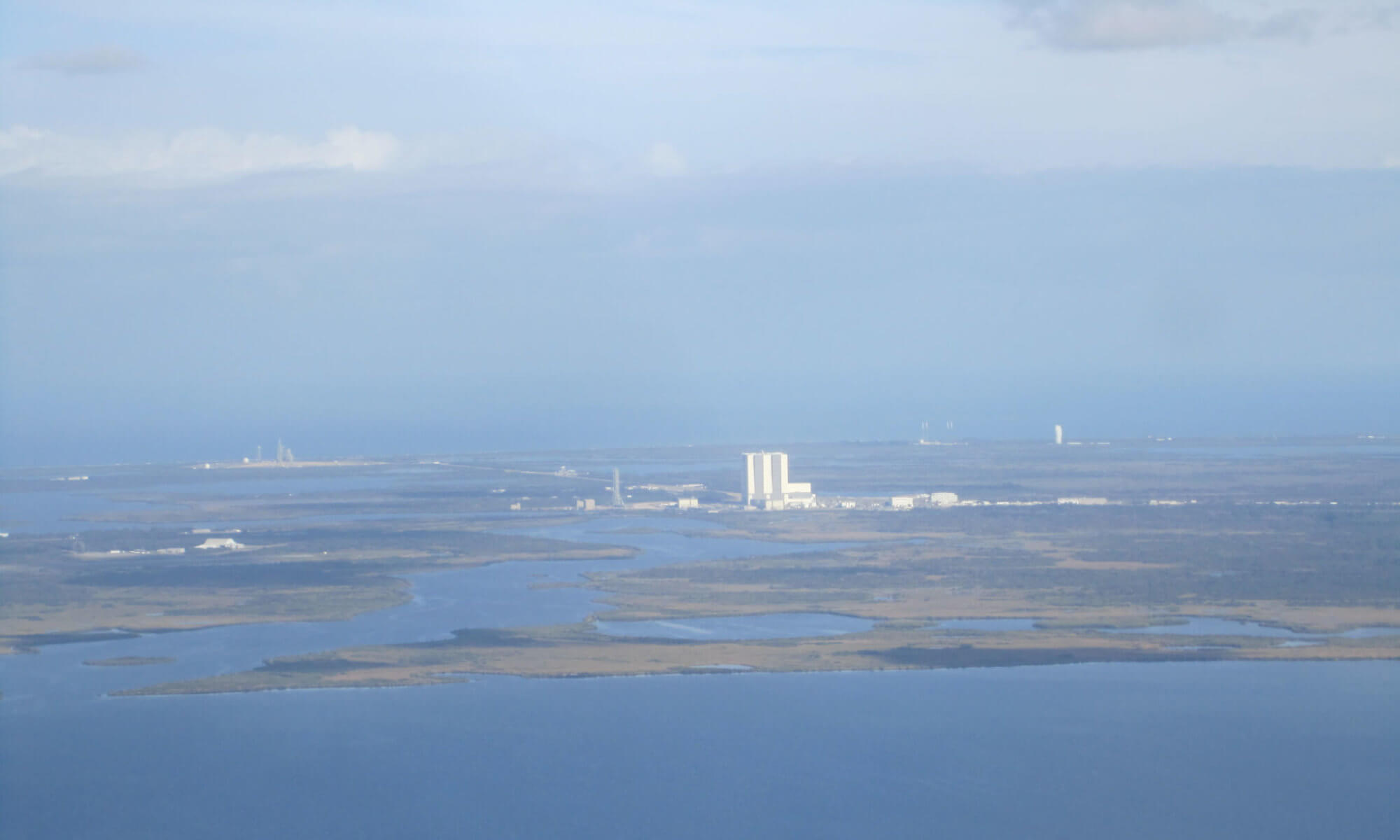Michael Collins was Command Module Pilot during Apollo XI, the NASA mission that included the first Moon landing. He did not himself land, but kept lonely vigil in Lunar orbit as Neil Armstrong and Buzz Aldrin made their famous landing. As is common with astronaut biographies concerning the early NASA era, this one also begins with an early career in the military. Mr. Collins was an accomplished test pilot, who was accepted by NASA on his second attempt, joining the third group of astronauts. He also flew on Gemini X, performing a spacewalk and perfecting docking manoeuvres.
Mr. Collins’s book stands out from other similar autobiographies I have read, in that it is written in the author’s own voice, as he explicitly states. His love for the English language, perhaps a product of rather a classical education, shines through in poetic passages, and even some poetry. This is not the voice of a clinical and technical test pilot, even though there is a fair amount of technical detail. This is the voice of a poet who lays bare his troubles, annoyances, fears and tribulations like no other astronaut I have read, elevating the text from documentary to something that seeks a deeper significance. We see the inner Collins, or at least more of the inner Collins that I really expected. Other astronauts are treated candidly, and sometimes with a brutal honesty about what the author sees as their character weaknesses. There is no bitterness in these passages, merely observations from a man who long since has gotten over the time when such concerns perhaps seemed all-encompassing.
The epilogue is particularly interesting to read today, almost fifty years after publication. Without rancour and with a great deal of patience, Mr. Collins laments the myopia of politicians, the ongoing damage to our fragile planet, and the general short-sightedness of humanity. He also takes issue with the perceived, but fictitious, conflict between resources devoted to space exploration, and spending on “problems at home”. With only a few detail changes, this chapter could have been written today, as humanity seems to have progressed no further, and such debates continue.











